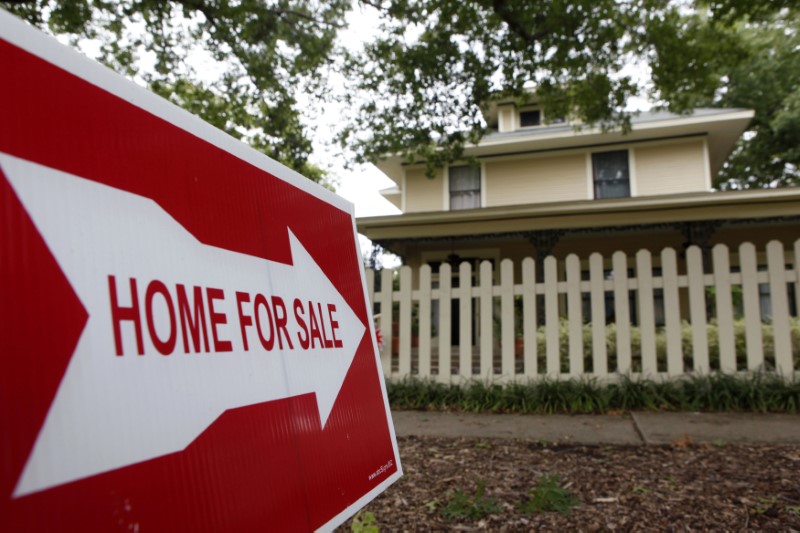By Geoffrey Smith
Investing.com -- The number of housing starts across the U.S. fell sharply in July as the combination of rising prices and more expensive mortgage loans took more heat out of an overstretched market.
The Census Bureau said housing starts fell nearly 10% to 1.446 million in July, their lowest since August 2020, and well below a consensus forecast of 1.540 million. They're now 11.9% below their levels of a year ago.
Building permits, meanwhile, held up somewhat better. The number of new permits edged down by 1.3% - less than expected - to 1.674 million from 1.696 million a month ago.
The figures are nonetheless evidence of a market that now appears to be cooling off rapidly, after a succession of interest rate rises by the Federal Reserve in recent months. Fed officials have repeatedly cited the housing market as an area where tighter monetary policy can have a positive effect.
The numbers come a day after the National Association of Home Builders' housing market survey which showed a sharp drop in activity over the last month.
The housing market had been in solid shape before the pandemic, but had gone into overdrive in 2020 as COVID-19 led - or forced - millions of people to look for a house or apartment big enough to allow regular working from home. While the fading of COVID-19 has unwound some of that effect, most analysts expect it to stay a key preference of home buyers in the years to come.
COVID had had an especially big effect on the price of single-family homes, and it is now that segment of the market that is cooling off most rapidly, having become unaffordable for many - especially those reliant on the mortgage market to fund their home purchases.
Greg Daco, chief economist with EY, noted via Twitter that building permits for single-family homes have more than 25% off their highs of last year, while those for multi-family homes are still close to their record highs.
Geographically speaking too, it's the areas that were the most overheated that are cooling off fastest. Housing starts in the South and Midwest were down by 21.5% and 23.6%, respectively, from a year earlier.
